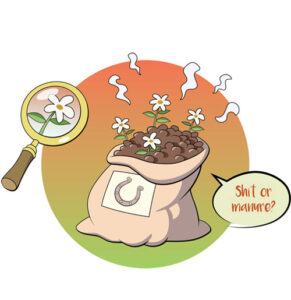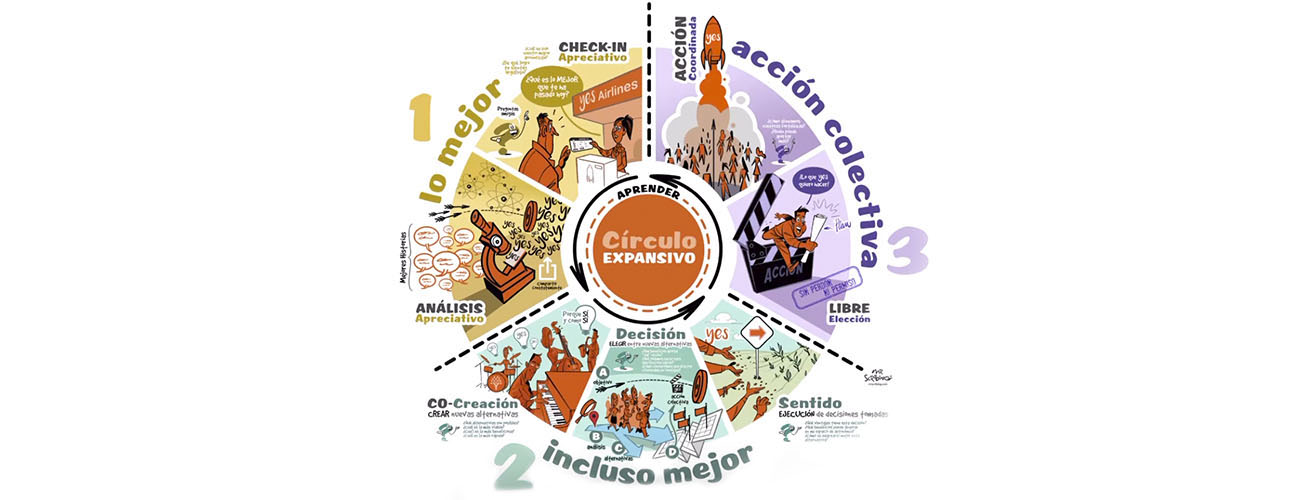One of the most talked-about macro trends lately is customer experience. This is the result of many factors, but perhaps the most mentioned and least focused-on is the interaction of the customer with staff in the store.
And it is least focused on because it is so unapproachable. A large retail company has hundreds of millions of interactions with its customers, and controlling this is a fantasy. And yet, somehow we try to control it.
Large numbers of studies, manuals and training sessions are produced on the subject -the customer journey, the personalized attention manuals or mystery shopping – with limited results.
Limited, because we are talking about culture, which is what store staff do when the boss is not there. It’s limited, because employees have to draw on their real selves, beyond their professionalism. The employee has to “connect with the customer”, who is increasingly demanding with the experience encountered on a visit to a retail store.
John Carlson, in his old but still current book on moments of truth, describes it very well. A moment of truth is any interaction of a customer with an employee, where a lot is at stake, sometimes everything.
John encouraged us to give power to the person who is with the customer, the only one who is paying. Why? The answer is simple: the employee is the person who is there, and the only person who decide what to do in very variable circumstances. Moreover, the best customer experiences are not those that appear in the manuals. The person handling the customer is like the general manager of the company at that moment, and so has to act with total autonomy.
So far it’s easy to agree with this. The point is, though, how to make this work with thousands of employees, who often have very modest salaries and high turnover, in jobs that are very demanding.
The most common approach is to detect the problem, analyze it and solve it. This means analyzing when the customer complains and trying to find out why, which generally leads to finding a culprit, when what we want is a change.

Why don’t we swap the paradigm of scarcity -that is to say, about what we don’t have- for that of abundance, about our strengths? Analyzing the best experiences with customers, according to their protagonists, the employees. In regular and brief appreciative meetings.
Each person explains, since the last gathering, the best experience they have had with a customer; a moment they are proud of, in which the customer expresses gratitude. Based on these accounts, they discuss the lessons contained and small changes that could be made based on real experiences in applicable learning.
Finally, each person chooses what they want to do, without any apologies or asking permission, but exercising their own autonomy. It’s a learning system, a system of trial and success. This methodology is called The expansive circle.
The effect is cultural. Every person wants –when they are wants and not obligations– to offer inspiring customer experiences to their peers and bosses: they want to do the exceptional, rather than just not fail.
Once they’ve learned this, they can go further, applying it to sales and, very importantly, connecting management with a real window over the point of contact with the customer.
When headquarters defines a strategy, it is very difficult for this to lead to change at the moments of truth. In general, people blame communication for this. That’s to be expected; it starts from the idea that if we make a good analysis, people will change the way they think and, with it, the way they act. But this is a lie.
For something to really “stick”, the protagonists, the store employees, have to understand the strategy, which by definition has to be specific and simple, and to discuss how to apply it. When that is done, the expansive circle is applied again. Each person explains the best approach in terms of strategy, they discuss how to do it even better and collective action to take.
If you want people to act with autonomy, treat them with autonomy and they will respond.
This way of working is applicable to any point of contact with the customer, be it sales or contact centres.


